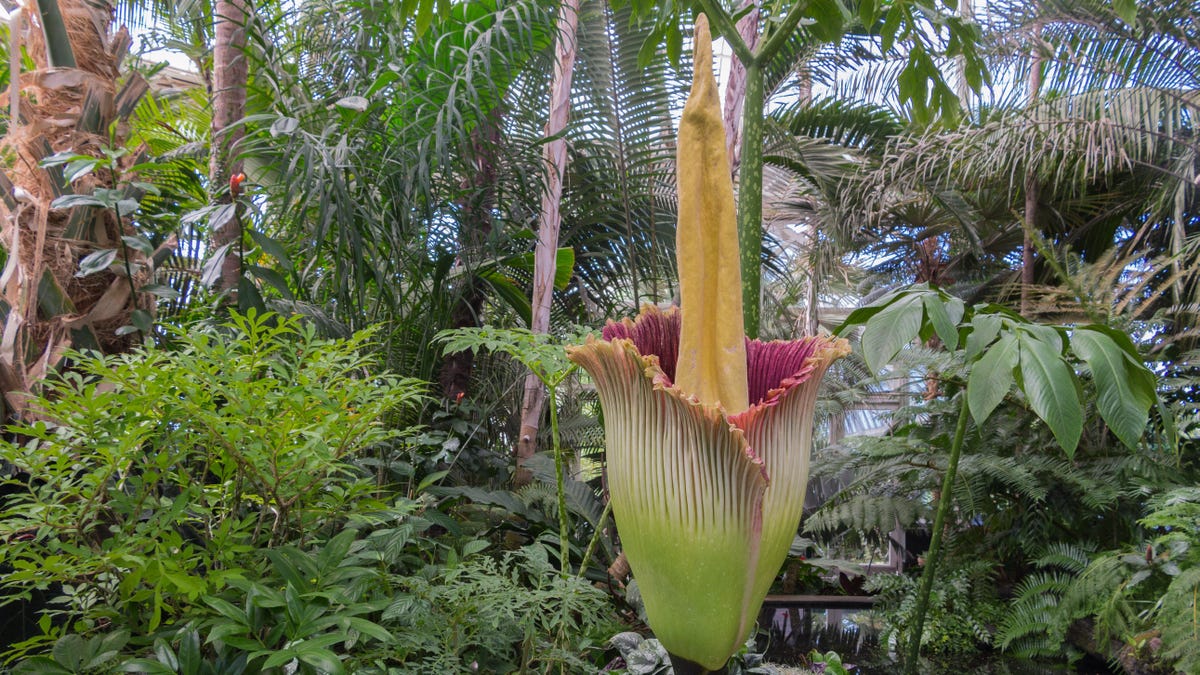The Difference Between Peter Walsh and Marie Kondo's Decluttering Methods
These two organizational gurus have similar (but different!) approaches, so choose wisely.

We may earn a commission from links on this page.

Credit: Damian Lugowski/Shutterstock
Marie Kondo and Peter Walsh are great organizational masterminds in their own right whose tips on decluttering people's homes and lives have helped tons of people. While their techniques have some similarities, they also have a few differences that make them better suited to different styles and situations, so before you choose one to follow, here’s what you need to know.
What is the KonMari method?
Marie Kondo’s infamous KonMari method of organizing follows a few simple steps designed to ensure “you will never again relapse to clutter.” Here’s what she calls for:
Commit yourself to tidying up.
Imagine your ideal lifestyle.
Finish discarding first.
Tidy by category and not by location.
Follow the right order.
Ask yourself if it sparks joy and get rid of it if it doesn't.
In this method, you’re first committing to tidying up and imagining what your life would look like if you were organized and decluttered all the time, then throwing away trash, sticking to a routine, and assessing your clutter so you only keep the things you truly value.
What is the Peter Walsh method?
Walsh’s method is a little more intense. The five steps are sort of like Kondo’s, but you’ll notice some differences:
Empty your space.
Create a vision for the space and set an intention for it.
Sort everything you removed into a “vision” pile and an “out-the-door” pile.
Get rid of the “out-the-door pile” by donating or throwing everything away.
Move everything from the “vision” pile back into the space.
Walsh calls on you to remove everything from a space or room, set a specific goal for that room, and be a little brutal by discarding anything that doesn’t align with the vision.
How Kondo and Walsh’s methods differ
While both Kondo and Walsh advocate for taking some time to visualize how a decluttered space could and would look in your life, their approaches to meeting the goal you set are different.
First, KonMari involves cleaning up by category, not location. Walsh’s technique, on the other hand, is very space-oriented; he suggests doing it room by room. Kondo asks you to start with your clothes, then your books, papers, and miscellaneous items before finishing up with anything that may have some sentimental value. Walsh is much less interested in sentimentality and advises you to chuck out anything that doesn’t align with your “vision” for your future space.
To really perform Walsh's method as he prescribes, you have to totally empty a space or room, then slowly refill it. That can be a little overwhelming, especially when the parameters around what you can keep are so tight. Kondo’s steps are slightly more relaxed and welcoming; they leave some space for you to hold onto things that have meaning to you and work at your own pace.
Both techniques are valuable in their own way; Kondo and Walsh have both sold books and starred in shows because they both have an audience of people who find real benefit in their ideas. Which method you choose depends on a few factors, like how attached you are to your possessions, how much space you have to declutter, and whether you find the task overwhelming.

Lindsey Ellefson
Features Editor
Lindsey Ellefson is Lifehacker’s Features Editor. She currently covers study and productivity hacks, as well as household and digital decluttering, and oversees the freelancers on the sex and relationships beat. She spent most of her pre-Lifehacker career covering media and politics for outlets like Us Weekly, CNN, The Daily Dot, Mashable, Glamour, and InStyle. In recent years, her freelancing has focused on drug use and the overdose crisis, with pieces appearing in Vanity Fair, WIRED, The New Republic, The Daily Beast, and more. Her story for BuzzFeed News won the 2022 American Journalism Online award for Best Debunking of Fake News.
In addition to her journalism, Lindsey is a student at the NYU School of Global Public Health, where she is working toward her Master of Public Health and conducting research on media bias in reporting on substance use with the Opioid Policy Institute’s Reporting on Addiction initiative. She is also a Schwinn-certified spin class teacher. She won a 2023 Dunkin’ Donuts contest that earned her a year of free coffee. Lindsey lives in New York, NY.

 FrankLin
FrankLin 

































